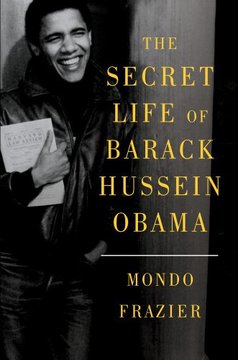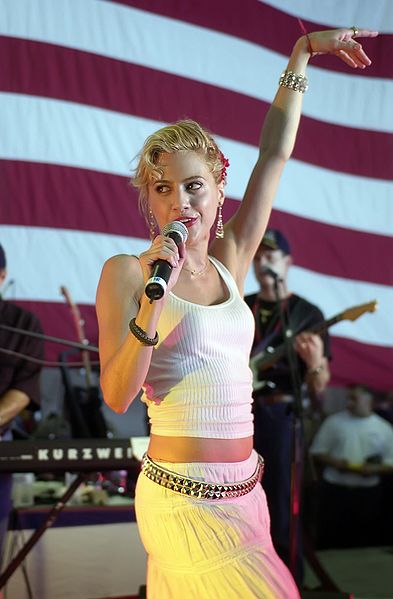Popular Beverages, Energy Drinks:
Caffeine Levels of Popular Drinks
More Bang for Your Buck
The Top Ten

How Much Energy do you REALLY Get from All those Energy Drinks?
With the elections coming up, many political junkies may pull an all-nighter on Election Night 2008. What's a body to do when it needs a pick-me-up?
Many will put on another pot of coffee. Some will turn to colas. Still others will slurp down one of the many popular energy drinks. What's the best for pep?
Let's take a look. But first, just how do energy drinks work? From How do energy drinks work?:
Energy drinks are supposed to do just what the name implies -- give you an extra burst of energy. As it turns out, most of that "energy" comes from two main ingredients: sugar and caffeine. A typical energy drink can contain up to 80 milligrams of caffeine (about the same amount as a cup of coffee). By comparison, a 2006 study found that the average 12-ounce soda contains 18 to 48 mg of caffeine.
What's in energy drinks? An ever-expanding list of exotic ingredients is featured on the containers of energy-promising drinks. Just what is all that stuff?

Here are some of the ingredients you may find in popular energy drinks and what they do in the body:
* Ephedrine - A stimulant that works on the central nervous system. It is a common ingredient in weight-loss products and decongestants, but there have been concerns about its effects on the heart.
* Taurine - A natural amino acid produced by the body that helps regulate heart beat and muscle contractions. Many health experts aren't sure what effect it has as a drink additive (and the rumor that taurine comes from bull testicles is false).
* Ginseng - A root believed by some to have several medicinal properties, including reducing stress and boosting energy levels.
* B-vitamins - A group of vitamins that can convert sugar to energy and improve muscle tone.
* Guarana seed - A stimulant that comes from a small shrub native to Venezuela and Brazil.
* Carnitine - An amino acid that plays a role in fatty acid metabolism.
* Creatine - An organic acid that helps supply energy for muscle contractions.
* Inositol - A member of the vitamin B complex (not a vitamin itself, because the human body can synthesize it) that helps relay messages within cells in the body.
* Ginkgo biloba - Made from the seeds of the ginkgo biloba tree, thought to enhance memory.
So what's the best bang for your buck?

Just how much kick is your drink giving you? How much is hype? CAFFEINE LEVELS of POPULAR DRINKS TOP TEN - By the can:
TOP TEN - By the mg of caffeine/oz
OTHER POPULAR DRINKS - mg/oz
|
[For a complete listing of caffeine content of practically every energy drink on the market, see Caffeine Content of Drinks]
Legally, caffeine and sugar are the old stand-bys.
For those readers who want their caffeine in a sweet package, the average chocolate bar contains 30 mg of caffeine. Five Hershey bars equal the same caffeine kick as an average cup of coffee.
That's a wrap on caffeine, energy and energy drinks.
Now, it's time to put on that second pot of coffee.
by Mondo Frazier
images:
* how stuff works
* product wiki
* foodmall

src="http://d.yimg.com/ds/badge2.js"
badgetype="small-votes">
ARTICLEURL






























No comments:
Post a Comment
Leave your name/nic.
We've changed the comments section to allow non-registered users to comment.
We'll continue like that until it's being abused.
We reserve the right to delete all abusive or otherwise inappropriate comments.